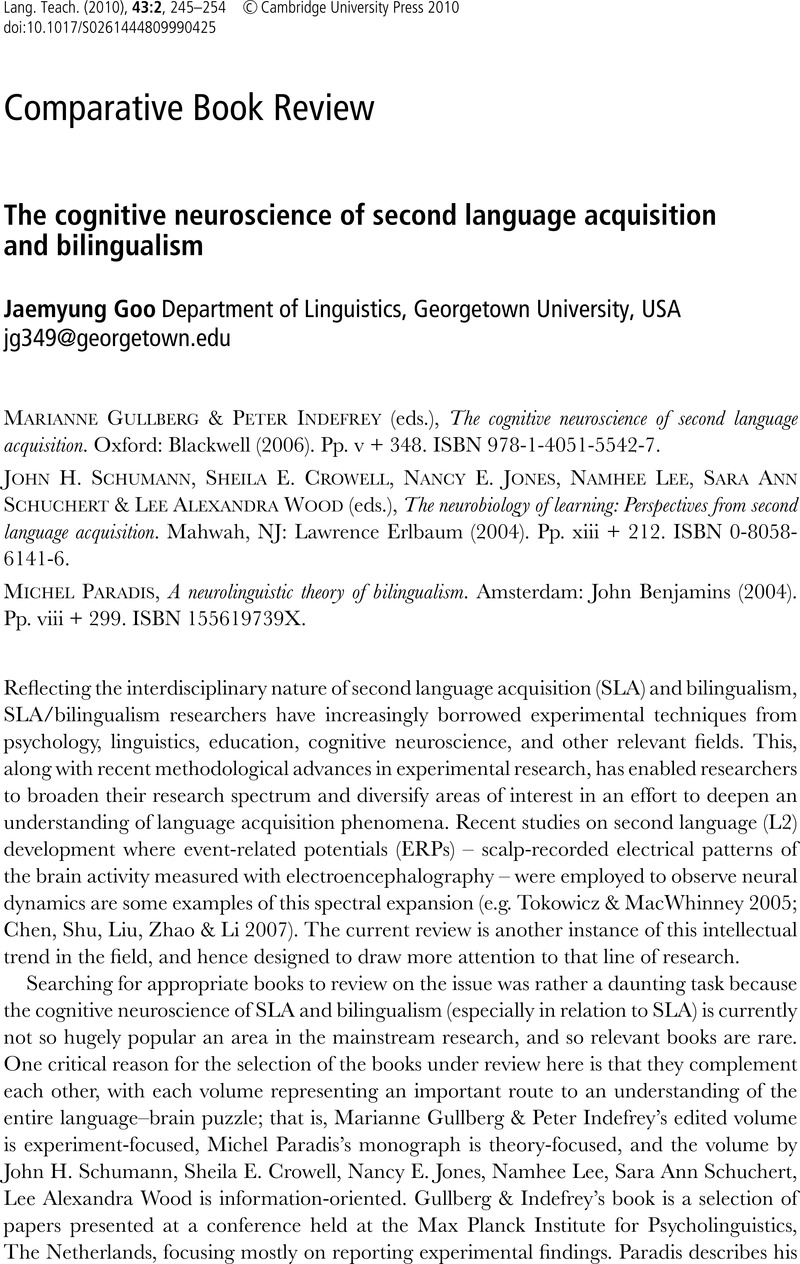Engle, R. W.,
Kane, M. J. &
Tuholski, S. W. (
1999). Individual differences in working memory capacity and what they tell us about controlled attention, general fluid intelligence, and functions of the prefrontal cortex. In
Miyake, A. &
Shah, P. (eds.),
Models of working memory: Mechanisms of active maintenance and executive control.
Cambridge:
Cambridge University Press,
102–
134.
CrossRefGoogle Scholar 